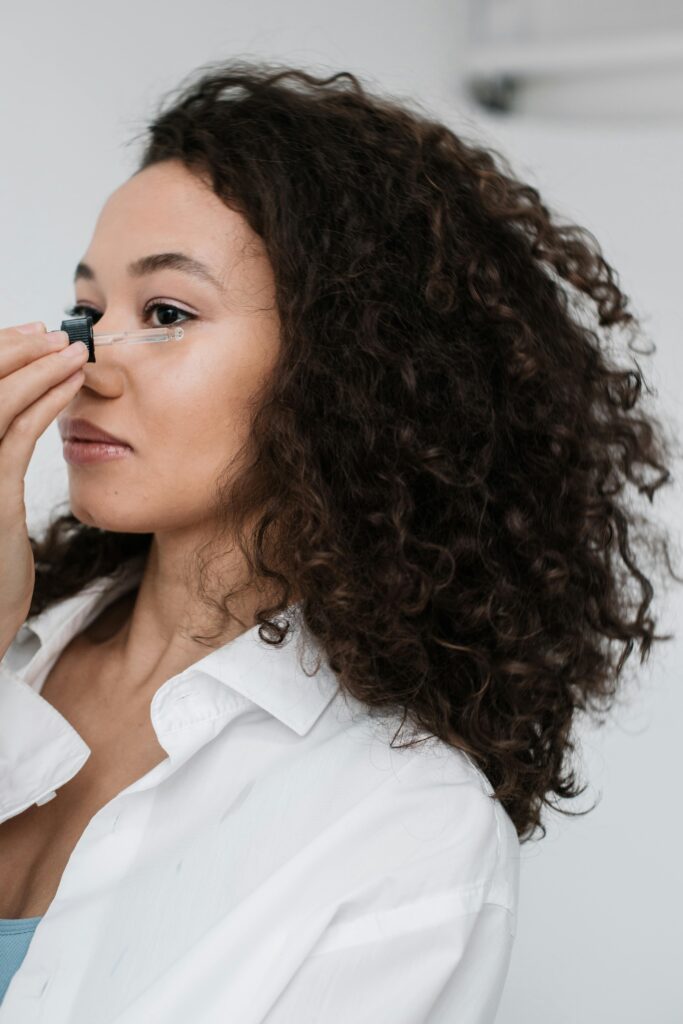Walk into any beauty aisle, and you’ll see countless products boasting “clean,” “natural,” or “chemical-free” labels. Clean beauty has become a buzzword that promises healthier, safer, and eco-friendlier products. But is it all it’s cracked up to be? Or is clean beauty just a clever marketing gimmick designed to make us spend more? Let’s dive in and separate the facts from the fluff.
What Does ‘Clean Beauty’ Actually Mean?
Here’s the kicker: there isn’t a universal definition of clean beauty. Brands often define it on their own terms, leading to confusion. Generally, it refers to products made without ingredients considered harmful or toxic. You’ll see labels like “paraben-free” or “no synthetic fragrances.” Sounds great, right? But what’s the science behind these claims?
The lack of regulation means any brand can slap a “clean” label on their product without meeting any standard. In some cases, ingredients are excluded simply because they’re hard to pronounce, not because they’re harmful.
The Science Behind ‘Clean Beauty’ Ingredients
One of the biggest misconceptions is that natural ingredients are inherently better than synthetic ones. That’s not always true. For example, essential oils—a clean beauty favorite—can cause irritation or allergies for some skin types. Conversely, synthetic ingredients like hyaluronic acid are incredibly effective and safe.
The Truth About “Toxic” Ingredients
Parabens, for instance, have been vilified despite being one of the most researched and safe preservatives. They prevent bacterial growth, which is essential for product safety. Similarly, sulfates like sodium lauryl sulfate are effective cleansers and have been unfairly demonized in recent years.
How Marketing Tactics Drive the ‘Clean Beauty’ Movement
Clean beauty isn’t just about the products; it’s a lifestyle. Social media influencers play a significant role in promoting this trend. The message is simple yet powerful: if you care about your health and the environment, you’ll choose clean beauty.
But here’s the catch—these claims often exploit chemophobia, the fear of chemicals. Terms like “chemical-free” are misleading because everything—from water to oxygen—is a chemical. Brands rely on emotional appeals rather than scientific evidence to sell products, often at higher prices.
Anecdote
When my friend Sarah switched to clean beauty products, she was excited to embrace a healthier lifestyle. But after a month of using a “all-natural” moisturizer, she noticed her skin was drier and more irritated. A dermatologist later explained that the lack of synthetic humectants was the culprit.
The Real Benefits of Clean Beauty (If Any)
Let’s be fair: clean beauty does have its perks. For people with sensitive skin or allergies, fragrance-free and hypoallergenic products can be a lifesaver. Additionally, many clean beauty brands prioritize sustainability, offering recyclable packaging and cruelty-free formulations.
If you’re someone who values transparency, clean beauty brands often disclose every ingredient, which can be empowering for consumers who like to research what they’re putting on their skin.
The Downsides of ‘Clean Beauty’
While clean beauty may sound appealing, it’s not without its flaws. Here are a few to consider:
1. Higher Costs
Clean beauty products are often more expensive than conventional ones. You’re paying for the label, not necessarily a superior product.
2. Performance Issues
Certain clean formulations might not work as effectively. For example, natural deodorants can’t always compete with antiperspirants when it comes to controlling sweat.
3. Fear-Mongering
Brands often rely on fear-based marketing, making consumers unnecessarily wary of safe ingredients. This can lead people to avoid effective, dermatologist-recommended products.
A Dermatologist-Recommended Approach to Skincare
So, what’s the best way to navigate the beauty aisle? It’s all about balance. Rather than focusing solely on “clean” labels, look for products backed by science and tailored to your skin’s needs.
Key Tips
- Focus on Active Ingredients: Look for proven ingredients like retinol, vitamin C, and niacinamide.
- Patch Test First: Especially for natural products, as they’re more likely to cause allergies.
- Consult a Dermatologist: They can recommend products based on your skin type and concerns.
The Future of Clean Beauty
The clean beauty trend isn’t going anywhere, but it’s likely to evolve. As consumers become more educated, brands may be forced to back their claims with science. We could also see better regulation and standardization, making it easier for shoppers to separate fact from fiction.
Conclusion
While clean beauty offers some benefits, it’s often more of a marketing strategy than a necessity. The key is to be an informed consumer. Don’t fall for fear-mongering; instead, focus on products that work for you, clean label or not. Your skin will thank you.

